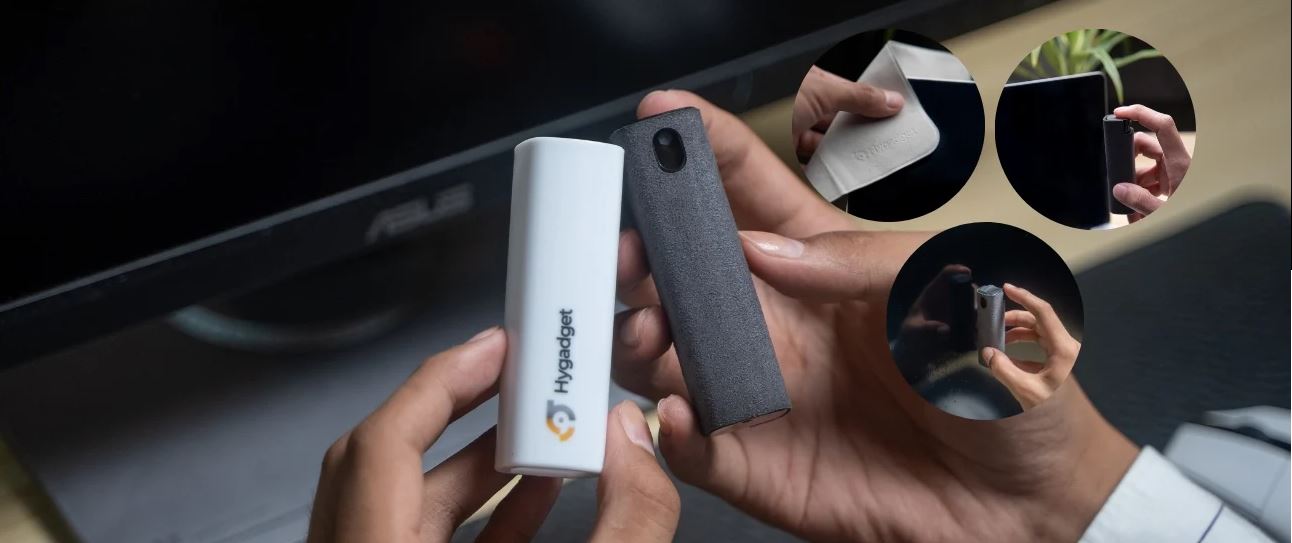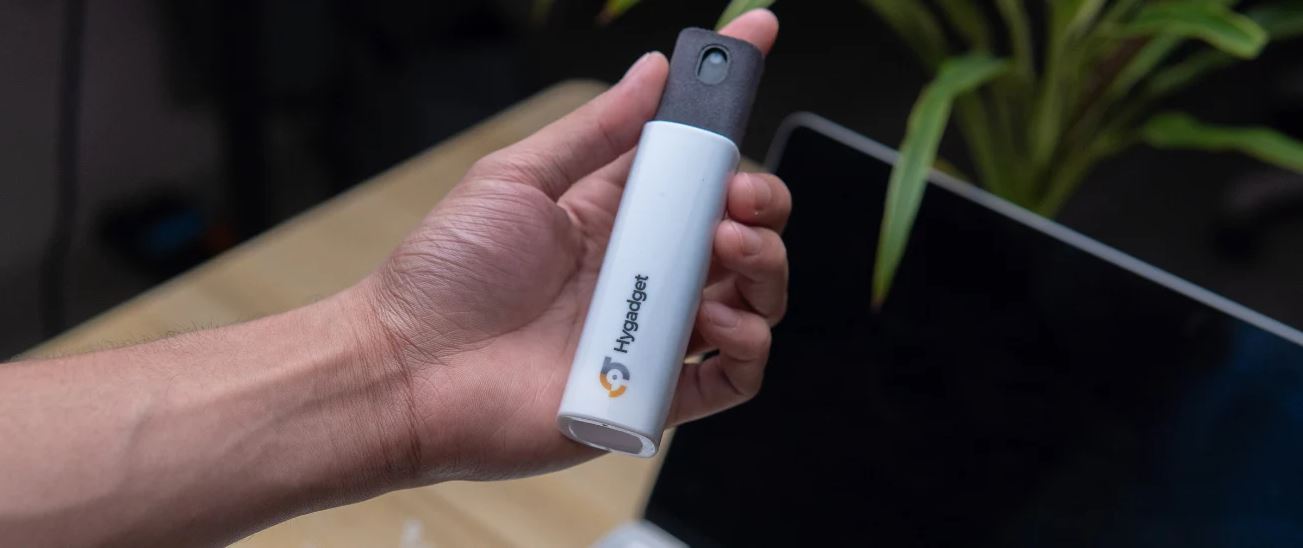Maintaining a clean screen is important for the performance and longevity of our devices from smartphones to laptops. However, the environmental impact of screen cleaning is quite often overlooked. This blog explores the consequences of the chemicals used, the waste that is generated, and the broader ecological effects of common cleaning practices. We’ll also go on to discuss sustainable alternatives in order to reduce our environmental footprint. Now let’s dive into the unseen impacts of keeping our screens pristine and learn how to make eco-friendly choices when it comes to cleaning our tech screens.
Environmental Implications of Screen Cleaning Products
Screen cleaning usually comes routinely for most device users, but the methods and products used can vary widely. Here is a breakdown of some of the most common practices and their environmental implications:
Commercial Screen Cleaners
Commercial screen cleaners are quite popular in this day and age because of their capabilities and effectiveness in removing oils and fingerprints from devices. Most known screen cleaners these days often contain isopropyl alcohol, ethyl alcohol, or ammonia which can quickly dissolve grime. The use of ammonia in these products especially, raises specific environmental concerns due to its volatility and potential to contribute to air pollution, as detailed in a report by the Royal Society
They are typically available in a spray bottle and offer convenience but that comes with environmental drawbacks. The production, use, and disposal of the chemicals involved can lead to pollution and generate hazardous waste, which poses significant environmental risks.
Disposable Wipes
Disposable wipes are another convenient option for screen cleaning as they come pre-moistened, easily packed, and are great for removing impurities on your screens especially when on the move. However, these wipes are generally made from non-biodegradable materials like polyester, which do not break down easily in the environment. For more information on the environmental concerns associated with polyester, see Greenmatch's post on the topic here.
Although they provide quick cleaning solutions, their single-use nature can contribute to landfill waste, as they cannot be recycled. Therefore disposable wipes are a less sustainable choice due to their considerable impact on solid waste accumulation
Eco-Friendly Features of the HyScreen Kit
The Hyscreen Kit Screen Cleaner stands out for its environmentally conscious design.
Impact on Water Resources
The environmental implication of screen cleaning extends further beyond just waste generation and air pollution but water resources are also significantly affected as well. Many of the chemicals found in screen cleaners particularly substances like isopropyl alcohol, ethyl alcohol, and ammonia can negatively affect water systems if they ever by chance enter waterways such as through runoff by improper disposal.
Aquatic Toxicity
Substances like ammonia are particularly harmful in aquatic environments. Ammonia can increase the level of nitrogen in water which could lead to excessive algae growth which can choke out other life forms by depleting oxygen in the water. This phenomenon is known as eutrophication.
Water Quality Degradation
Being careless in disposing of your chemical screen cleaning solution can contribute to changes in water quality not just in the wildlife but also in nearby communities that rely on these water sources for their daily needs
Sustainable Alternatives
In this section, we’ll discuss some eco-friendly alternatives and options available for keeping screens clean and clear.
Eco-Friendly Cleaning Solutions
-
Biodegradable Cleaners: These cleaners are formulated to break down more quickly in the environment, reducing potential pollution and toxicity. Now implemented for disposable wipes so just make sure it’s labelled bio-degradable.
- Natural Ingredient Cleaners: Using ingredients like vinegar, lemon juice, or baking soda at home can offer you DIY alternatives that avoid harsh chemicals and reduce packaging waste.
Reusable Cleaning Tools
-
Microfiber Cloths: Designed to trap dust and also remove oily substances without the need for chemical sprays, these cloths can be wasted and reused many times which contributes to less waste.
- Washable Bamboo Cloths: Bamboo fibres are naturally anti-bacterial and offer a sustainable, reusable option for screen cleaning.
Technological innovations
-
UV-C Light Cleaners: Looking to avoid chemicals at all costs you could try UV-C light to sanitize screens without any chemicals and also reduce the reliance on disposable wipes or spray-type products.
- Electrostatic Dust Wands: These tools attract dust particles through static electricity and can be used repeatedly making it another great alternative to cleaning solutions.







